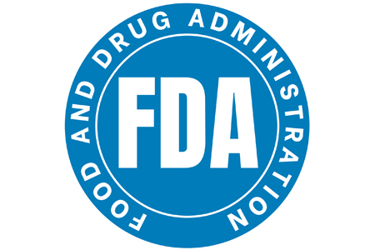CGT's Highly Anticipated Regulatory Decisions

By Erin Harris, Editor-In-Chief, Cell & Gene
Follow Me On Twitter @ErinHarris_1

Late last year, I caught up with leaders from Cartesian Therapeutics, Poseida Therapeutics, REGENXBIO, and Spark Therapeutics to get their take on what 2023 might have in store for the cell and gene therapy sector. REGENXBIO’s VP Corporate Strategy Nina Garcia stated, “It is an exciting time to be part of cell and gene therapy development. These innovative technologies offer hope for patients and their families. It is amazing to see so many stakeholders - regulators, cell and gene therapy developers, patient advocacy groups, academics - working together to move this field forward to give patients much needed therapeutic options. Although there are and will be regulatory challenges to address as science and technology advance at such a rapid pace, the recent approvals in this area show that these novel approaches can make a real difference for patients. I think the coming year will have many more examples of success.” As is always the case in my interactions with Garcia, she is spot on.
Indeed, time is flying; and as 2023 marches on, as many as 13 cell or gene therapies could be approved for use in the U.S., Europe, or both by the end of the year. Back in January, I wrote about how Atara Biotherapeutics received European Commission Approval as the first-ever allogeneic therapy for patients ages two and up with relapsed or refractory Epstein-Barr virus-positive post-transplant lymphoproliferative disease (EBV+ PTLD) who’ve tried at least one other drug. While only approved in the E.U., the approval has set the stage for allo developers worldwide.
May will be upon us before we know it, when Sarepta’s SRP-9001 to treat Duchenne muscular dystrophy (DMD) could receive accelerated approval from FDA. SRP-9001 is a gene therapy designed to deliver the microdystrophin-encoding gene into muscle tissue to prompt production of the microdystrophin protein. Patients with DMD have a mutation in the DMD gene and can’t make the protein on their own, leading to a progressive loss of muscle strength. Approval of this therapy will be a game changer for DMD patients and their care givers and gene therapy at large.
Pittsburgh-based Krystal Biotech’s product, B-VEC, was developed to treat Dystrophic Epidermolysis Bullosa (DEB), a rare and severe disease that affects the skin and mucosal tissues. The PDUFA date for Krysta’s BLA will be May 19, 2023, and proposed labeling discussions will be no later than April 20, 2023.
Orchard Therapeutics is a gene therapy company developing a therapy to treat Metachromatic leukodystrophy (MLD), a rare and life-threatening inherited disease that affects the metabolic system. Libmeldy is an ex vivo autologous hematopoietic stem cell gene therapy approved by the European Medicines Agency (EMA) in 2020 and is currently the only approved treatment for MLD. OTL-200 is an investigational therapy that has not yet been granted FDA approval. During an update earlier this month, Orchard Therapeutics’ CEO Dr. Bobby Gaspar stated that a OTL-200 pre-BLA meeting has been granted for the second quarter of 2023 following a productive clinical Type B meeting with the FDA.
These are just a sampling of the therapies that could see approval this year. For those drug candidates undergoing accelerated approval, much is based on an effect on a surrogate endpoint or an intermediate clinical endpoint that is reasonably likely to predict a drug’s clinical benefit. The product must be intended to treat a “serious condition,” which is considered to be a disease or condition associated with morbidity that has substantial impact on day-to-day functioning. A confirmatory trial is needed, the therapy must provide a meaningful advantage over available therapies, and it must demonstrate an effect on a surrogate endpoint. Stay tuned as the days and weeks go on – exciting and promising times are ahead.
